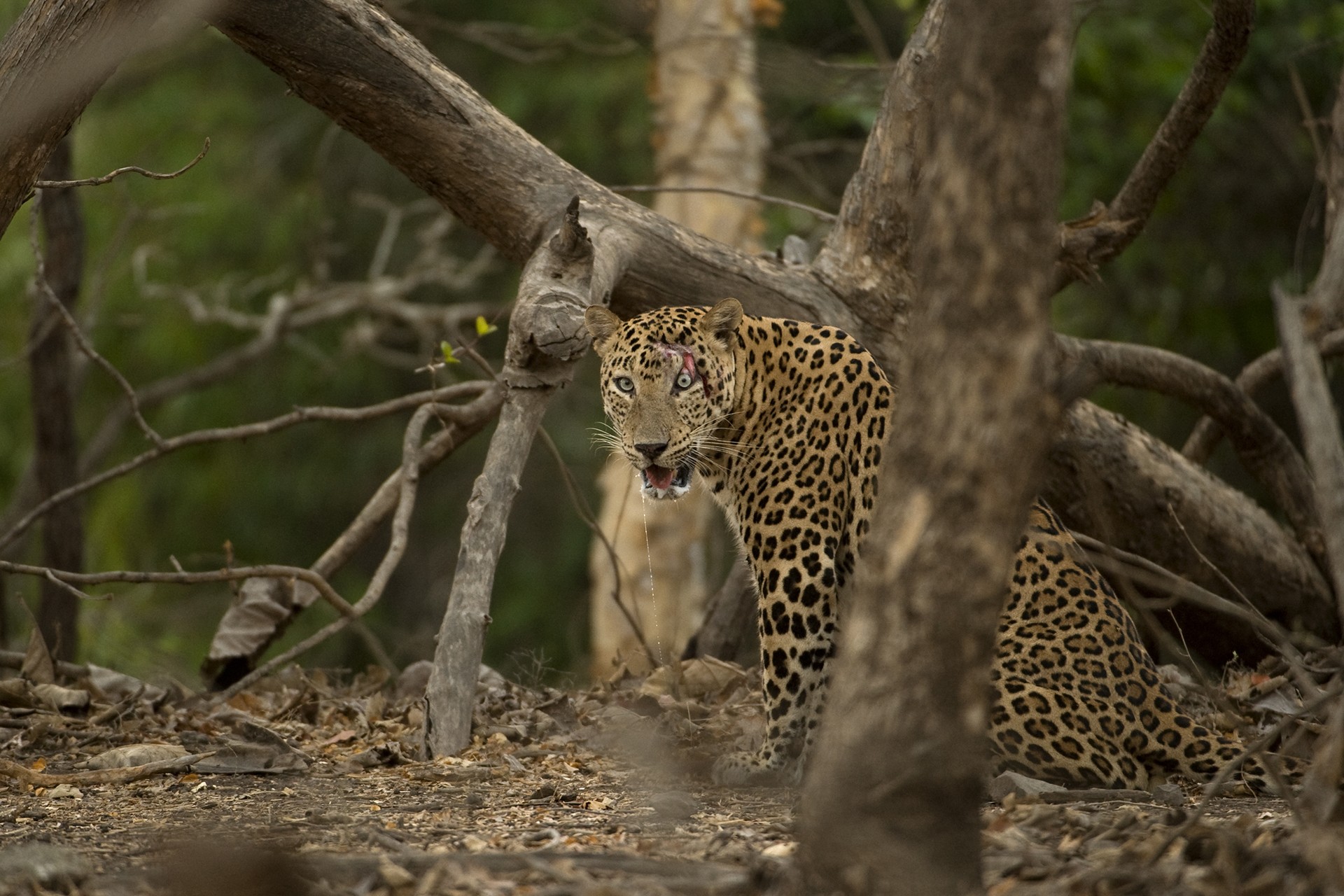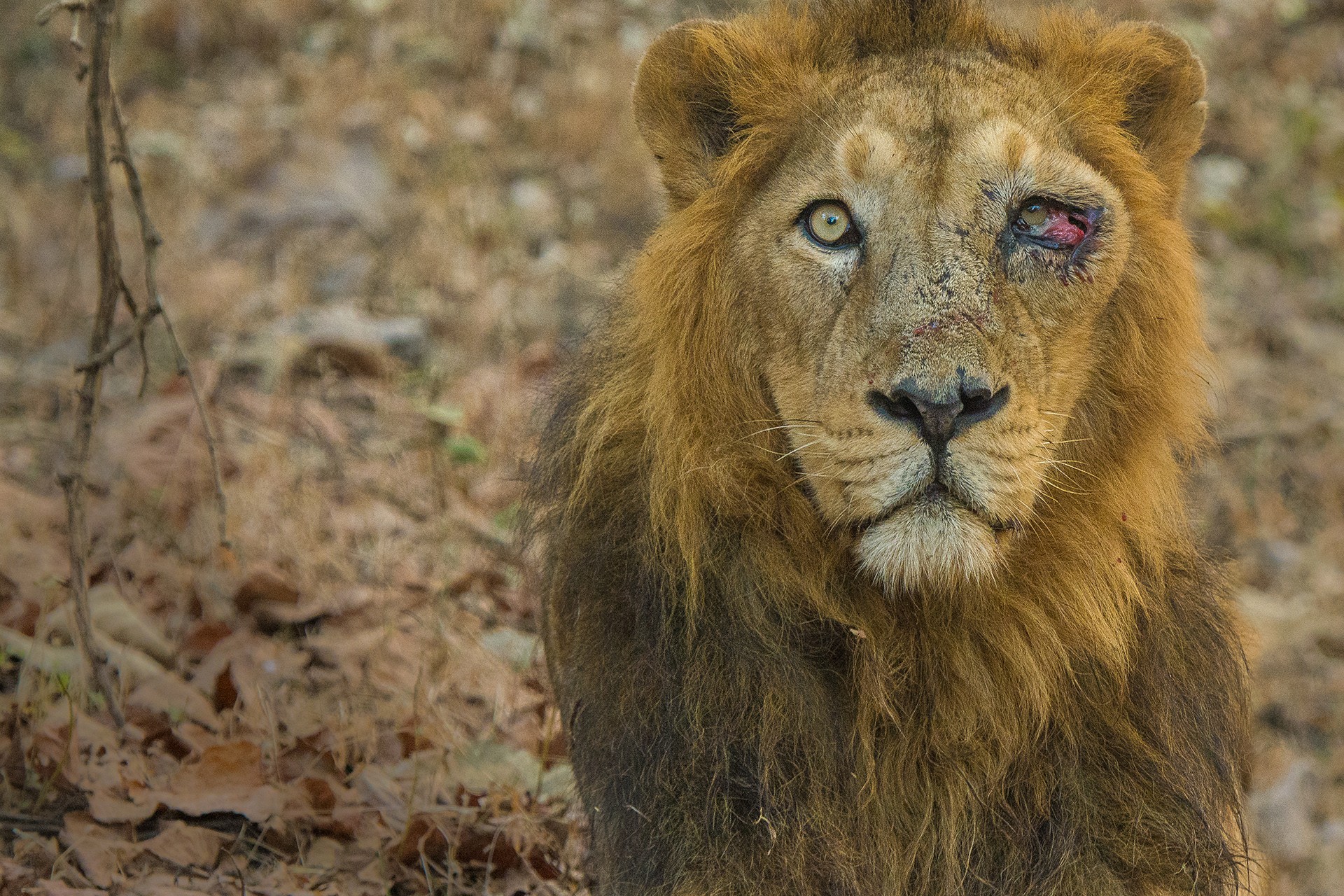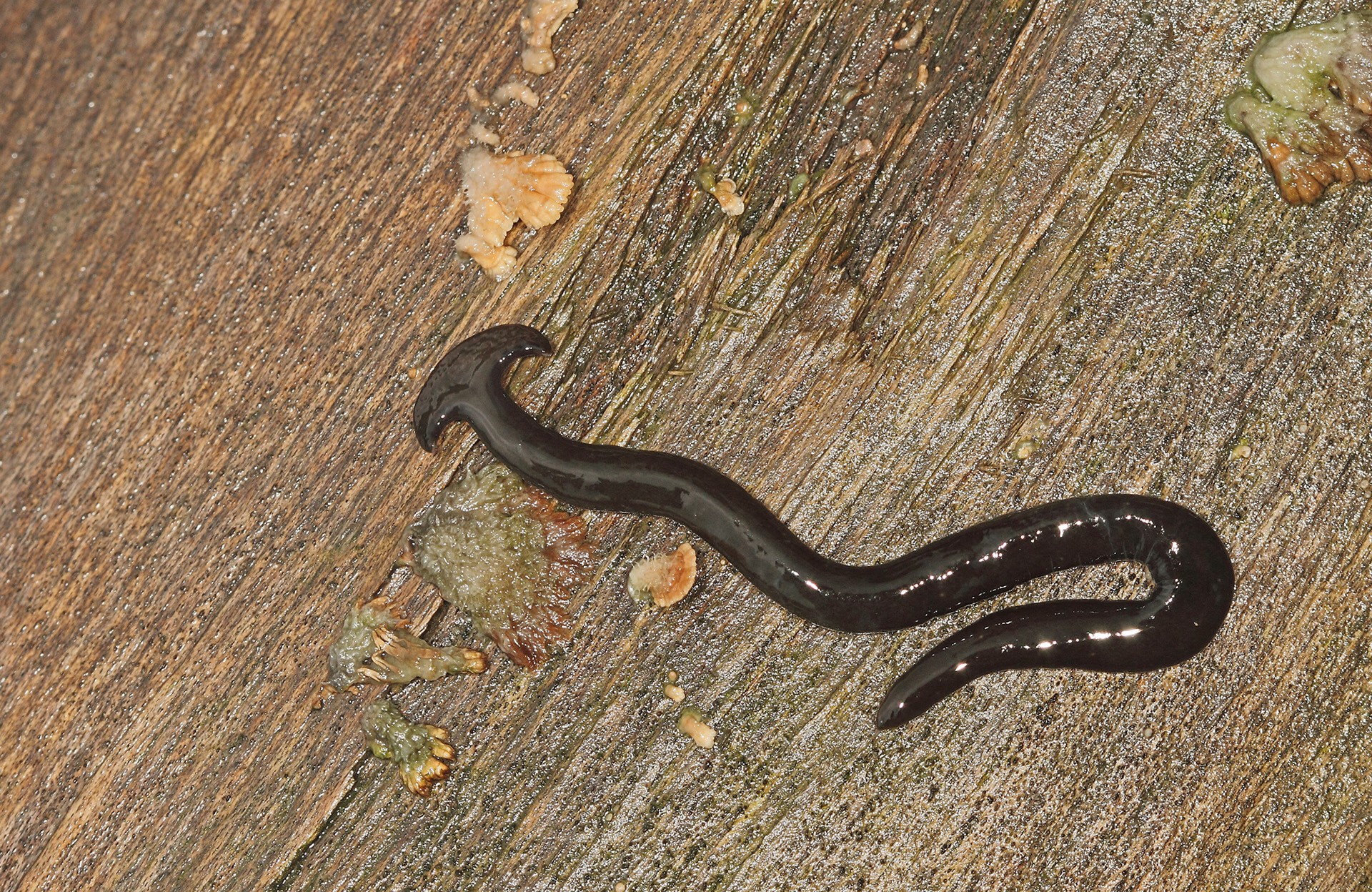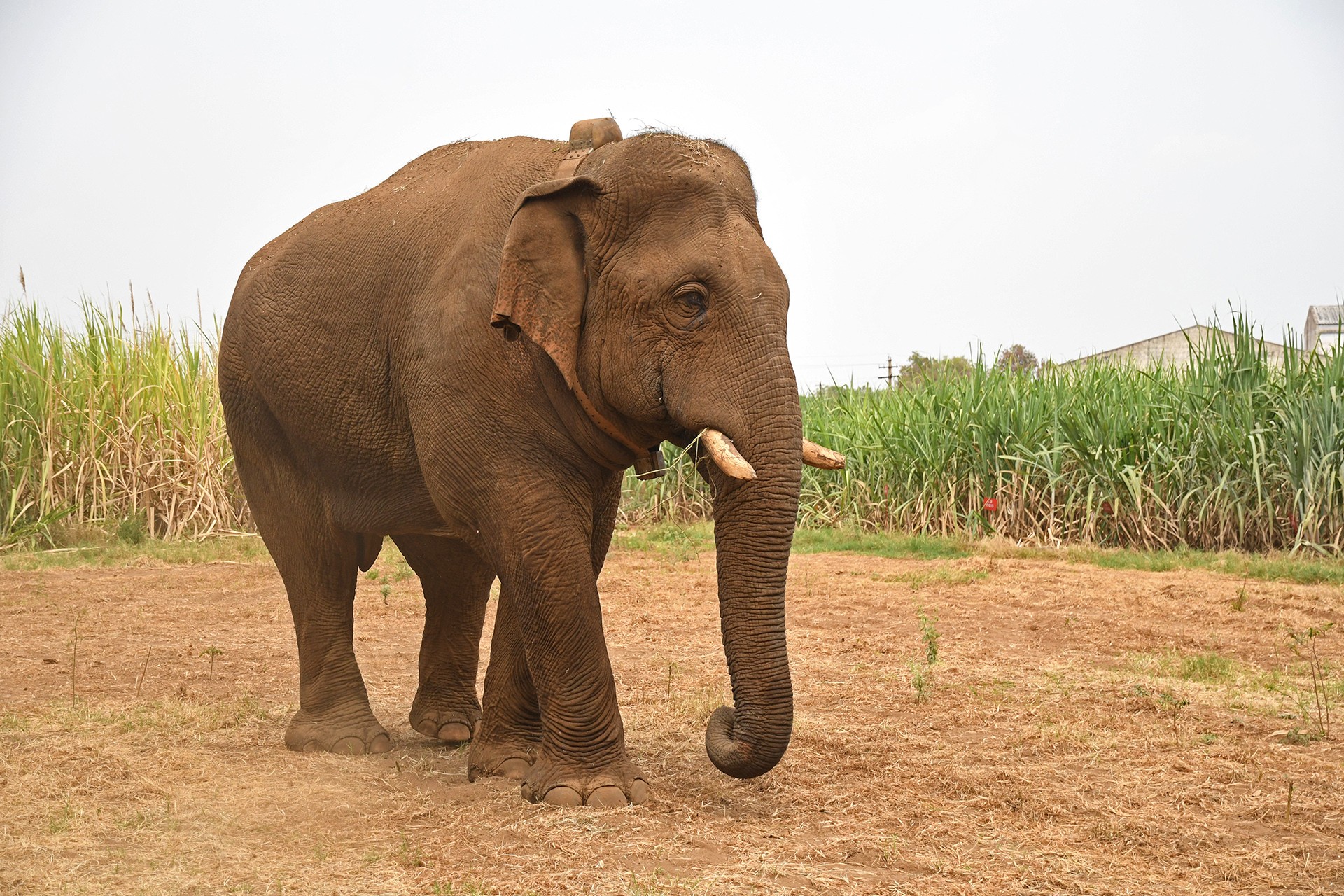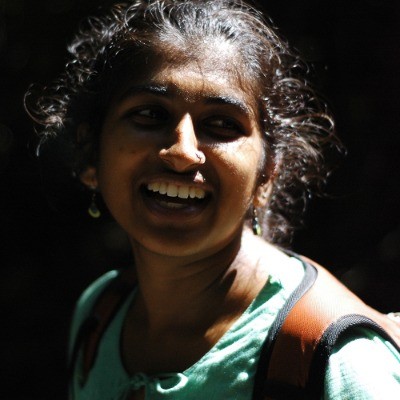This is the seventh story in a series of articles on the Andaman Islands launched by Nature inFocus in an attempt to showcase the natural history of these islands from the unadulterated perspective of its unique biodiversity. Each article from the series is titled with a line from J.R.R. Tolkien's Lord of the Rings poem – “All that is gold does not glitter."
For the most part of the year, our field station in Wandoor is home to a handful of researchers. Through the field “season” we get to know each other personally, for better or for worse; we know sleep cycles, bathroom schedules, mood swings. For the naturalist, it is also an opportunity to know the animals around, rather intimately. It took me a few months to differentiate the regular tap-tap of the Andaman Woodpecker from the loud tok-tok of the Andaman Giant Gecko. But with enough practice, I could comfortably name species from glimpses, calls, and odd rustles in the leaf litter.
Once I got a hang of the species, I wanted to level up and know individual animals, the regulars at least. At morning tea, an Andaman Shama with a metal band on its leg, placed by a researcher on a pilot project years ago, makes a regular appearance. This was low-hanging fruit, but how does one identify individuals sans any shiny jewellery? I could just look for natural markers! The Green Bronzeback Snake that hangs out near my cottage has a row of scales missing from its back, the Greater Racket-tailed Drongo that forages on the large fig tree in front of the library is missing its “racket” on one side, and a Spotted Skink that visits the site of my experiment has a stub for a tail.
Perhaps, in turn, these individuals identify me as the small human with several scars from Sandfly bites on her limbs and perceive our dog Tweepa as the one with a missing tooth and sporting a series of bites from an unconfirmed source – in all likelihood a Saltwater Crocodile.
For non-human animals, the ecological world is rife with danger. To survive, they have to dodge predators and competitors who want to inflict physical harm. These interactions can be so aggressive that even if the animal survives, it can suffer deep wounds and even lose a limb. In most animals, there is a definite body “plan” and a specific number of limbs; losing an organ can cost the animal its life at a later stage. And so, several animals have the ability to reform few or all lost organs. This process, by which animals regrow whole organs after they are lost by accident, is called regeneration.
It’s only a flesh wound
Many wounds that we encounter in our lives are healed with a little antiseptic, a bandage and a hug – the trauma is usually just to a tissue or a couple of tissues. Blood cells clot over the region and the cells around, divide to close the gap. To make new cells of the same tissue type – skin or muscle – the body only needs to make copies of the same type from the adjacent region. Regeneration, on the other hand, requires that the organism reconstruct a whole new organ – complete with all the tissues, organised in the right order and the right nerve links that make it move. This is almost like the growth of a whole new organism from a single-celled zygote, a process called “development”. And sure enough, developmental biologists have discovered several parallels between the two processes even at the molecular level. The molecular signals, that cells use to communicate with each other to announce their positions and developmental status, are similar in development and regeneration.
Within the diverse ecosystems of the Andaman Islands, many species can regenerate their organs. The Emerald Gecko is a bright green and blue reptile that rests on banana plants and areca palms. If it falls on you, however, it turns dull grey in fear and immediately sheds its tail – exactly like the House Gecko, its beige cousin that prefers the walls of your home. The Hammer-headed Worm, an orange-coloured worm with a flat body and hammer-shaped head, has more powerful skills. Like its cousin, the flatworm Planaria used widely in labs to conduct experiments in developmental biology, the Hammer-headed Worm can regenerate its whole body even if it is cut into several tiny pieces. In their natural ecological role, they prey on earthworms and therefore, a newly introduced population in France has been causing concern for farmers. As an unfortunate consequence of its regenerative ability, these flatworms are harder to kill than other invasive species; cutting them up increases their numbers!
However, the most exciting instance of regeneration in the Andamans is found in the intertidal zone. Walk into the mangroves and it is a landmine of prickly and poky organic material. Among the poky snorkel roots of the yellow mangrove tree, Avicennia, sticking out of the mud and the sharp shells of the snails and the hermit crabs, you will find a clutter of tiny red claws, like swords strewn in a battlefield. Male Fiddler Crabs, mostly the size of your little finger, have one normal sized claw and another gigantic claw, almost as big as themselves. They constantly duel with other males for burrows and mates. A common winning move for a male is to chop a claw off the opponent; an intertidal “Expelliarmus!” Since the claw is integral to the male fiddler’s behaviour, they have evolved to regenerate the claw once lost. As a new claw regenerates, the old claw on the other side grows in size until it becomes the larger, dominant claw. A left-handed Fiddler Crab after a loss becomes right handed!
How did regeneration evolve?
The human species has very little regenerative capacity, mostly limited to hair, nails and the liver. To a human, at first look, organ regeneration seems like a specialised function that must have developed under unique circumstances. But the fact that several present-day species that can regenerate organs are not closely related to each other, but spread widely in the ‘Tree of Life’, has led to a different speculation. Evolutionary biologists now think that regeneration is an ancient trait, possessed by much simpler, evolutionarily older species, and the loss of the ability to regenerate happened later over the course of evolution.
The debate is still raging on whether present-day regeneration is here to stay or is waiting to make an exit. Since the process of regeneration is similar across most unrelated organisms that regenerate, biologists postulate that regeneration was originally a by-product of development but stayed on because of its adaptive significance. The process of evolution, several times, has led to a new trait that started off serving a specific purpose but later on was maintained for a different reason. You start your Amazon Prime subscription for the free delivery but stay on for Prime Video. Although regeneration might have been an inevitable consequence of development, its ecological significance in predation and competition could have led to active selection.
For every organism in its environment, the ability to regenerate comes at an energetic cost (maintaining molecular mechanisms) but provides a benefit (the organ grows back!). If this regenerative ability provides lesser costs and higher benefits, then that leaves more energy for the organism to find food and reproduce, making it an “adaptive” trait. But evolutionary pressures are constantly changing and altering these costs and benefits. Like your Prime subscription, the economics work out only if you use it frequently, and in many cases, these organisms don’t lose limbs often enough to warrant maintaining the ability to regenerate. And as with your subscription, it then makes evolutionary sense to cancel it.
Over the last month, I have been planting seedlings of native tree species in a nursery in the Andaman islands for an experiment. Time constraints drove us to plant in the dry season but I was told that the deciduous species like ‘badam’ would survive easily. We planted these in rows only to find that the next day all the leaves were dry and shrivelled. Their situation worsened over the next couple of days and by the third day, they were bare stumps. All hope was lost and I went home defeated and grumpy. The next morning, I noticed a few of them with a bit of mossy green on top. Over the next couple of days, all stumps had small new leaves at the top. Leaf fall was a calculated move to make fresher leaves.
To read the next story in the Andaman series click here.
